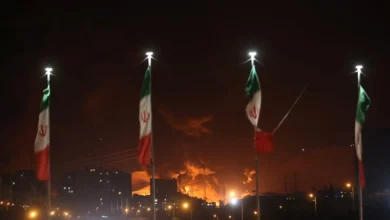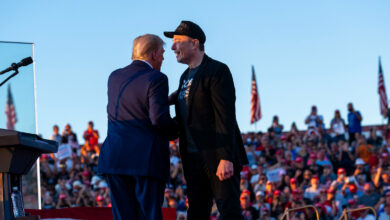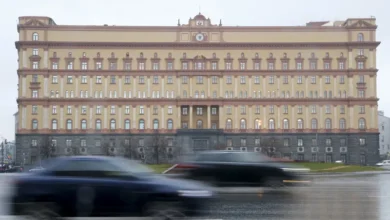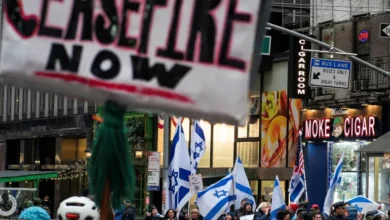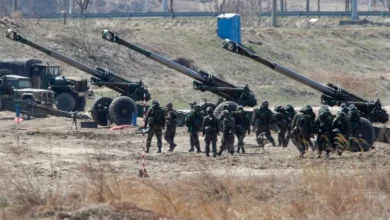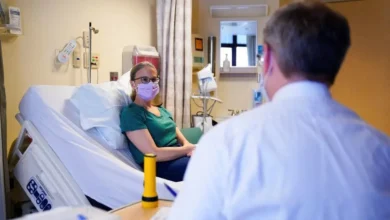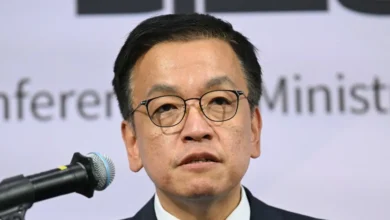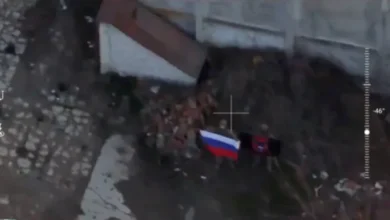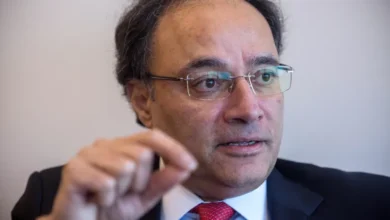‘A dream’: How the Americas’ first free town took its independence back
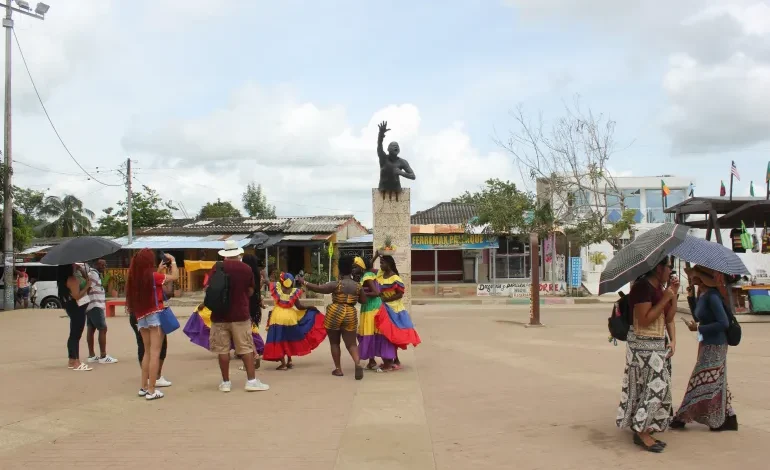
Overlooking the usually sleepy, languid town of San Basilio de Palenque is a statue of Benkos Bioho, runaway slave, town founder, and symbol of the town’s heritage and unique nature.
“Africa is everything to me, it’s everything to us Palenqueros,” says Nuno Bembele, education adviser of the San Basilio de Palenque community council, who is sitting in the shade of the town square, wearing a bright green polo shirt emblazoned with the image of Bioho.
Nestled away in Colombia’s rumbling, green hills, the town is hot and lush, and quiet murmurs of pedestrian activity pepper the humble town square.
It’s a quiet Saturday afternoon and the town is still following a brief downpour. People amble around the two parallel streets that frame the square – the only two paved streets in town – seemingly looking for something to do. Most others pass the time simply sitting on their stoops, or clustered around a large speaker blaring traditional vallenato and sipping on cold beers or sharing lukewarm rum to whittle away the hours.
A smattering of elderly men sit around a plastic table and play dominoes by the side of the road, while – behind them – a group of schoolchildren play football barefoot, their sliders and flip-flops strewn in a pile by the side of their makeshift pitch, with stones filling in as goalposts.
But this afternoon, this quintessentially Colombian scene is suddenly interrupted by the rhythmic beat of distant drums. “Viva Palenque!”, someone chants.
San Basilio is known as the first free town, established by former slaves, in the Americas and lies 50km (31 miles) from the popular port city of Cartagena.
After breaking his chains and freeing himself from slavery at the hands of the Spanish colonial rulers, Bioho – originally from modern-day Guinea Bissau – established the small town in the 17th century as a safe haven for former slaves like himself.
He successfully planned and led the escape of 30 fellow slaves from Cartagena in 1619, and fought off attempts from the Spanish to recapture them. Bioho – “King Benkos” as he came to be known – and the slaves set up modern-day San Basilio as an enclave of liberation for emancipated slaves. They successfully fought to free many fellow slaves from Cartagena and integrate them into their new community.
Efforts from the Spanish colonial forces to suppress the growth of San Basilio failed, and the town grew into its own independent community, led by King Benkos. Eventually, in 1691, the Spanish Crown offered the town its freedom and autonomy as long as it ceased to harbour runaway slaves, although many continued to join. Bioho led such efforts until his capture and execution at the hands of the Spanish colonists in 1621.
In 1772, a peace agreement was reached, integrating the town into the municipality of Mahates under the condition of no longer accepting escapees, and has remained under its jurisdiction since.
Until now.
For the second time in its history, the town of San Basilio de Palenque has regained its independence, after the Colombian Senate passed an amendment to the law giving the town the title of “special municipality”, granting it autonomous rule and governance.

